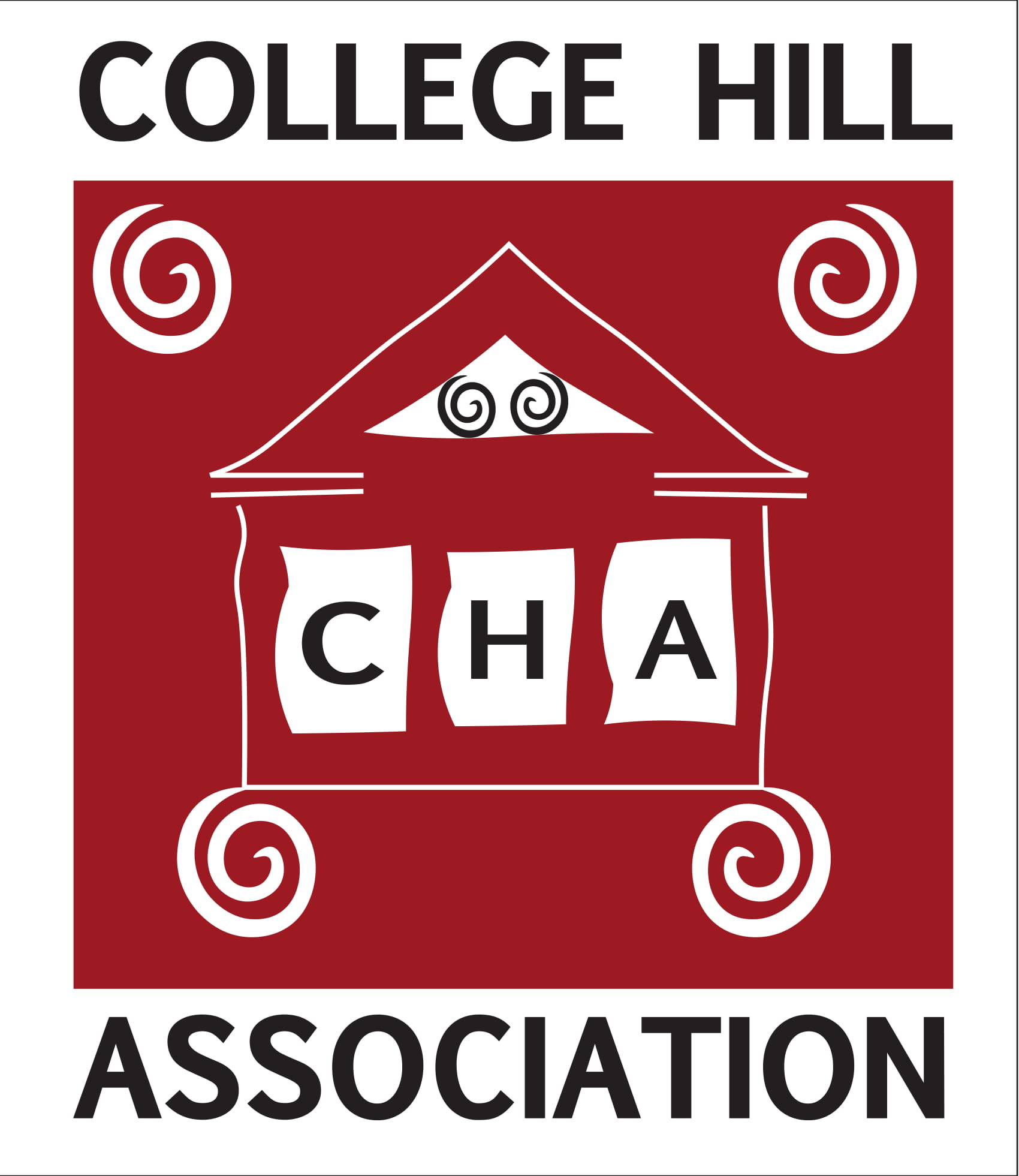Challenges & Goals
CHA works proactively for the long-term common good of all neighborhood interests, including short- and long-term residents, businesses, housing corporations, and faith communities. Since its founding in 1992, the need for this work has become increasingly apparent.
Between 2000 and 2019, undergraduate enrollment at WSU’s Pullman Campus increased from 13,463 to 18,346. Most Pullman Campus undergraduate students spend some portion of their college years living off campus. The growth in rental demand has resulted in increased population density in residential housing near campus, new buildings that often don’t fit well in their surroundings, and declining property maintenance – “growing pains” for the College Hill neighborhood.
Together with the City of Pullman and WSU, CHA has addressed many neighborhood challenges using such strategies as community service and service learning projects and support for noise, nuisance, and residential parking ordinances, neighborhood officer positions, historic property designations, etc. But the work of neighborhood improvement requires constant attention.
Through all available mechanisms, the Association advocates on behalf of the College Hill neighborhood in the following areas:
- Inclusion: The neighborhood should be safe and welcoming for all. Proactive, collaborative efforts to foster neighborhood diversity and inclusivity are a shared responsibility, one we embrace.
- Visual Appeal: The College Hill neighborhood is the front door to Washington State University and its appearance is a direct reflection on Pullman’s legacy as a welcoming “college town.”
- Historic Preservation: The sensitive historic character of the area should be protected. New construction should be consistent with the neighborhood’s existing scale and character.
- Green Space: The urban forest, tree canopy, and green spaces are vital components of the neighborhood fabric that benefit people and the environment.
- Density: Current population density stresses the neighborhood’s older infrastructure and livability. New development and increased density should be balanced by improved infrastructure, protection of open spaces, and enhanced public amenities.
- Pedestrian Safety: The neighborhood’s many destinations and gathering spots should be safely reachable on foot, at any time of day or night.
- Code Enforcement: Residential code enforcement should be more proactive and less complaint-based.
